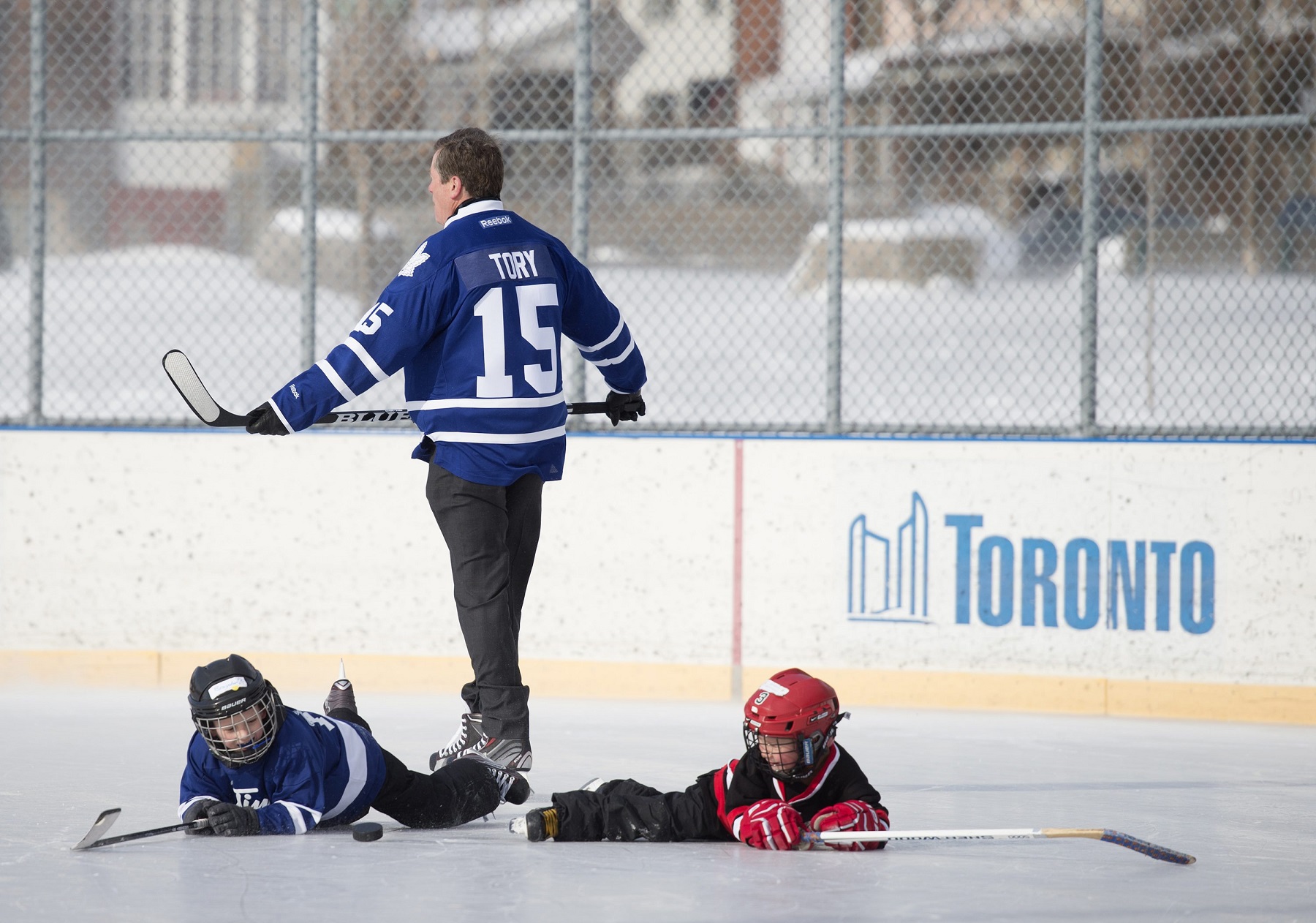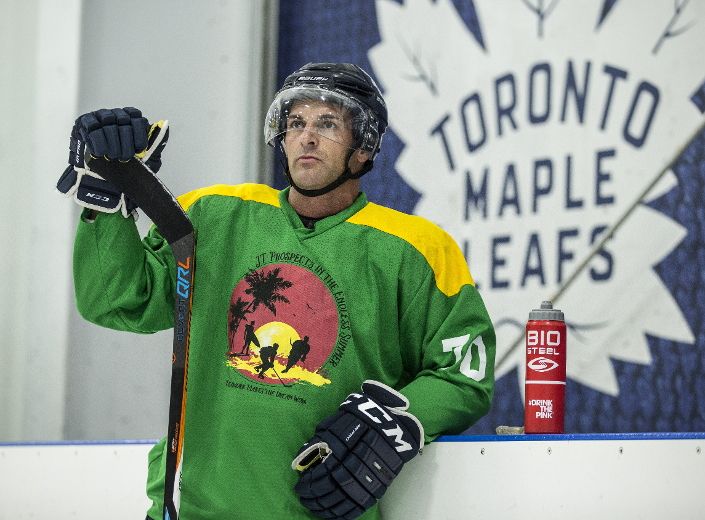Is Hockey a Dying Sport? Hockey is not a dying sport. Its popularity remains strong in many regions globally.
Hockey continues to captivate fans with its fast-paced action and thrilling moments. The sport enjoys a dedicated following, especially in Canada, the United States, and Europe. Major leagues like the NHL attract millions of viewers and generate significant revenue.
Youth participation in hockey programs also remains high, indicating a promising future. With its rich history and passionate fan base, hockey’s appeal endures. Digital platforms and social media have further amplified the sport’s reach, engaging a broader audience. Hockey’s dynamic nature and competitive spirit ensure it remains a beloved and enduring sport worldwide.
The Current State Of Hockey
Hockey has long been a beloved sport worldwide. But is it still as popular today? To understand, let’s examine the current state of hockey. We’ll explore global participation trends and professional league viewership.
Global Participation Trends
Hockey has seen varied participation rates globally. The sport is thriving in some countries while it needs to gain traction in others.
- Canada: Hockey remains a national pastime. Many young athletes play the sport.
- USA: Hockey is growing, especially in non-traditional markets. Youth participation is on the rise.
- Europe: Countries like Sweden and Finland have strong hockey traditions. Participation remains steady.
- Asia: Interest is growing, particularly in China and South Korea. Investments are being made in youth programs.
Professional League Viewership
Professional hockey leagues are an indicator of the sport’s popularity. Let’s look at viewership stats for major leagues.
| League | Average Viewership | Trend |
| NHL | 500,000 viewers per game | Stable |
| KHL | 200,000 viewers per game | Growing |
| SHL | 150,000 viewers per game | Stable |
Professional hockey leagues are crucial for the sport’s visibility. The NHL remains a powerhouse, while the KHL is gaining ground. European leagues maintain consistent followings.
Historical Popularity
Hockey has experienced varying levels of popularity over the years. Exploring its history reveals exciting trends and shifts.
Hockey’s Golden Era
Hockey’s golden era is often considered to be the mid-20th century. During this time, the sport saw tremendous growth and popularity.
In the 1950s and 1960s, hockey games were broadcast on television, allowing fans to watch their favourite teams from home.
Significant leagues, like the NHL, expanded and gained more fans. The game was exciting, and many legendary players emerged during this period.
Comparative Analysis With Past Decades
Analysing the popularity of hockey over past decades shows exciting patterns.
| Decade | Key Events | Popularity Level |
| 1950s | Introduction of TV broadcasts | High |
| 1980s | Expansion of leagues | High |
| 2000s | Global reach and internet | Medium |
| 2020s | Emerging sports and entertainment | Fluctuating |
Hockey saw another surge in popularity in the 1980s, due to league expansions and more media coverage.
The internet, introduced in the 2000s, changed how fans consumed sports content. Hockey’s global reach grew, but competition from other sports increased.
In the 2020s, hockey faces challenges from emerging sports and new entertainment options. This has led to fluctuating levels of interest in the sport.
Factors Affecting Hockey’s Popularity
Hockey has long been a beloved sport. But its popularity is changing. Several factors are influencing this shift. Let’s explore two key aspects: the economic impact and shifts in youth interest.
Economic Impact On The Sport
The cost of playing hockey is high. Equipment, rink time, and travel are expensive. Many families can afford these costs. This limits the number of new players. Reduced participation affects local leagues and teams.
Professional hockey also feels the economic strain. Teams need strong attendance and merchandise sales. If fewer fans attend games, teams lose money. This impacts the sport’s growth and sustainability.
Here is a breakdown of everyday hockey expenses:
| Item | Average Cost |
| Skates | $150-$800 |
| Stick | $50-$300 |
| Helmet | $60-$200 |
| Ice Time | $100-$300 per hour |
| Travel | $500-$2000 per season |
Shifts In Youth Interest
Today, we have many activity choices. Hockey competes with other sports and hobbies. Soccer, basketball, and video games are popular. These activities are often cheaper and more accessible.
Safety concerns also affect hockey speak. Parents worry about injuries like concussions. They steer kids towards safer sports. This shift reduces the number of young hockey players.
Schools offer fewer hockey programs now. They focus on sports with higher participation rates. This limits exposure to hockey for many children.
Here are some reasons for declining youth interest:
- High cost of equipment and participation
- Competing sports and activities
- Safety concerns and injury risk
- Limited school and community programs
Credit: www.tvo.org
The Media In Hockey’s Visibility
Hockey’s popularity depends on media visibility. The media plays a crucial role in making hockey visible to fans. The way the press covers hockey impacts its growth.
Television Rights And Coverage
Television rights are crucial for hockey. Major networks decide which sports get prime time. Hockey often gets less prime time compared to other sports. This affects how many people watch hockey.
| Sport | Prime Time Coverage (Hours per Week) |
| Football | 15 |
| Basketball | 10 |
| Hockey | 5 |
This table shows hockey gets less TV time. Less TV time means fewer people watch it. Fewer viewers can lead to fewer fans.
Social Media Influence On Sports
Social media helps sports grow. Fans use social media to follow their favourite sports. Hockey needs a solid social media presence to attract new fans.
- Share exciting game highlights.
- Engage with fans through polls and questions
- Show behind-the-scenes content
These activities can make hockey more popular. The more people see hockey on social media, the more they talk about it. Social media can help hockey reach new audiences.
In summary, the media in hockey is vital. The media can help or hurt credibility. Strong TV coverage and social media presence are essential. Making hockey more visible can help it grow.
The International Scene
The international scene of hockey is a vibrant and evolving landscape. It showcases the sport’s reach beyond traditional strongholds. This section explores the global impact of hockey.
Hockey At The Olympics
The Olympics are a grand stage for hockey. Both men’s and women’s events draw global attention. The competition is fierce, and the best teams fight for gold.
Hockey has been part of the Winter Olympics since 1924. The inclusion of sex in 1998 marked a significant milestone. Countries like Canada, Russia, and the USA have solid Olympic traditions. Their games are thrilling and attract millions of viewers.
The Olympics help hockey gain exposure worldwide. Many young athletes get inspired by watching these games. This boosts the popularity and growth.
Growth Of Hockey In Non-traditional Markets
Hockey is growing in non-traditional markets. Countries like China, India, and Australia are investing in the sport.
China surged with the 2022 Beijing Winter Olympics. The government promotes hockey through schools and community programs. New rinks are being built, and professional leagues are emerging.
India, known for field hockey, is embracing ice hockey too. The northern regions have suitable climates and are seeing increased participation. Local tournaments and youth programs are gaining popularity.
In Australia, ice hockey is gaining traction. The Australian Ice Hockey League is expanding. Schools and clubs are promoting the sport, attracting young players.
Here is a quick look at some non-traditional markets and their recent hockey activities:
| Country | Recent Activities |
| China | New rinks, school programs, professional leagues |
| India | Local tournaments, youth programs |
| Australia | League expansion, school and club promotions |
The international scene is promising for hockey. The sport is not dying; it is evolving and expanding. The Olympics and growth in new markets are key indicators.
Innovations In Hockey
Hockey has evolved over the years with various innovations. These changes aim to make the game faster, safer, and more exciting for fans and players alike. Let’s explore some critical innovations in hockey.
Technological Advancements
Technology has dramatically impacted hockey. High-speed cameras and sensors track puck movement. This helps referees make accurate decisions.
Wearable technology is another innovation. Players now use innovative gear to monitor their health and performance. This includes heart rate monitors and GPS trackers.
Video replay systems have also been introduced. They allow referees to review plays in detail, ensuring fair gameplay.
Rule Changes And Their Impact
Rule changes have shaped modern hockey. One significant change is the introduction of the shootout. This rule ensures that games do not end in a tie, making each game more thrilling.
The three-on-three overtime rule is another significant change. This rule increases the chances of scoring during overtime, providing more excitement for fans.
Safety rules have also been updated. These include stricter penalties for dangerous plays to protect players from injuries.
| Rule Change | Impact |
| Introduction of Shootout | Eliminates tie games |
| Three-on-Three Overtime | Increases scoring opportunities |
| Safety Rules | Reduces injuries |
Challenges And Opportunities
Hockey faces significant challenges today but also holds promising opportunities. The sport can thrive again by addressing declining youth enrollment and exploring global expansion.
Addressing Declining Youth Enrollment
Declining youth enrollment in hockey is a pressing issue. Many factors contribute to this trend:
- High costs of equipment and travel
- Safety concerns among parents
- Increasing popularity of other sports
To combat this, hockey organisations can take proactive steps:
- Offer financial assistance programs for families
- Implement safe play initiatives and training
- Promote inclusive and diverse participation
By making hockey more accessible, the sport can attract a new generation of players.
Potential For Global Expansion
Global expansion presents an exciting opportunity for hockey. The sport has strong roots in North America and Europe, but the potential exists worldwide:
| Region | Opportunity |
| Asia | Growing interest in winter sports |
| Africa | Emerging markets and youth programs |
| South America | Increasing urbanisation and sports culture |
Hockey can tap into these emerging markets by investing in infrastructure and development programs. Collaborative efforts with local sports organisations can also help foster growth.
With strategic planning, hockey can become a global sport, ensuring its future success.
Credit: torontosun.com
The Future Of Hockey
Hockey has a rich history and a passionate fan base. But concerns about its future persist. This section explores the future of hockey. We will examine predictions, trends, and strategies to revitalise the sport.
Predictions And Trends
The future of hockey shows mixed predictions and trends. Some experts see a decline in participation. Others believe technological advancements will boost the sport. Here are some key trends:
- Youth Participation: The number of young players is decreasing. Costs and safety concerns are major factors.
- Technology Integration: VR and AI training tools are emerging. They can make hockey more accessible and engaging.
- Global Expansion: Hockey is gaining popularity in non-traditional markets. Countries like China and India show growing interest.
Strategies To Reinvigorate The Sport
Reviving hockey requires strategic efforts. Below are some effective strategies:
- Grassroots Programs: Investing in youth leagues and schools can spark interest early.
- Cost Reduction: Making the sport more affordable can attract more participants. This includes cheaper equipment and rink access.
- Safety Measures: Enhancing safety protocols can alleviate parental concerns. This includes better protective gear and stricter rules.
- Marketing Campaigns: Social media and influencers can reach a broader audience. This can make hockey more appealing to younger generations.
- Inclusivity Initiatives: Promoting diversity within the sport can attract a broader range of players. This includes supporting female and minority athletes.
Below is a table summarising these strategies:
| Strategy | Description |
| Grassroots Programs | Invest in youth leagues and schools. |
| Cost Reduction | Make the sport more affordable. |
| Safety Measures | Enhance safety protocols |
| Marketing Campaigns | Use social media and influencers. |
| Inclusivity Initiatives | Promote diversity within the sport. |
Frequently Asked Questions
Is Hockey’s Popularity Declining?
Hockey’s popularity has experienced fluctuations, but it’s not necessarily declining. Various factors, such as regional interest and media coverage, influence its popularity.
Why Is Hockey Less Popular Now?
Hockey faces high costs and limited media coverage, which can impact its popularity. However, it remains beloved by many.
Is Youth Participation In Hockey Decreasing?
Youth participation in hockey has declined due to high costs and safety concerns. However, initiatives to promote the sport are ongoing.
How Is Hockey Adapting To Modern Times?
Hockey is adapting by embracing digital platforms, enhancing fan engagement, and improving player safety. These changes aim to attract new audiences.
Conclusion
Hockey faces challenges but remains a beloved sport with passionate fans. Growing youth programs and international interest offer hope. The support’s history and thrilling gameplay continue to captivate audiences. With strategic efforts, hockey can thrive and attract new generations.
The future of hockey depends on ongoing support and innovation.






